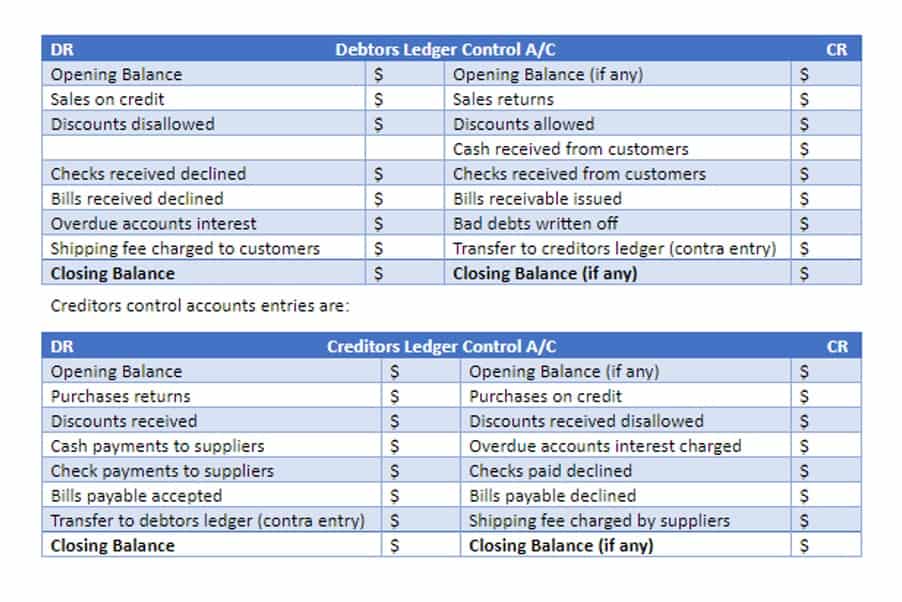
By following these best practices, you can effectively manage accrued revenue and get a more accurate picture of your financial performance. Frequently analyze accrued income to understand patterns or trends that can offer insights into business performance. Monitoring accrued revenue allows companies to take action what are retained earnings to ensure they have the necessary cash flow to meet their financial obligations and pursue growth opportunities. For example, a construction company might record accrued revenue of $250,000 (50% of the total contract value) at the end of month three, even though they haven’t invoiced the client yet.
- This information should always be used alongside other performance metrics to provide an accurate picture for investors.
- Further, taxpayers should consider the impact of any Section 481(a) adjustments on their current-year tax returns and book-to-tax differences.
- BDO USA, P.C., a Virginia professional corporation, is the U.S. member of BDO International Limited, a UK company limited by guarantee, and forms part of the international BDO network of independent member firms.
- Accrued revenue can also help companies identify potential issues with cash flow, such as delayed payments or billing errors.
- Accrued revenue accounting can be a bit tricky, but it’s a crucial part of accurate financial reporting.
- For example, a consulting firm might record $10,000 of accrued revenue in March, even though they haven’t billed the client yet.
How Does It Differ From Cash Accounting?

Accrued income is revenue that a company has earned but not yet received payment for, and it’s recognized on the income statement when the revenue has been earned, regardless of when payment is received. This means that if a company provides a service in December but doesn’t receive payment until January, the revenue would still using the accrual method indeed be recorded in December. Accrual accounting differs from cash accounting because it includes revenue that has yet to be collected (accounts receivable) and expenses that have yet to be paid out (accounts payable).
- For example, a construction company might record accrued revenue of $250,000 (50% of the total contract value) at the end of month three, even though they haven’t invoiced the client yet.
- To manage accrued revenue effectively, you should work with solid software that can automate the process of recording accrued revenue, reduce errors, and save time.
- If any accounting method changes need to be made, taxpayers should establish whether they have made accounting method changes in the previous five years for those items or overall method to determine whether the current changes can be made using the automatic change procedures.
- An understanding of the taxpayer’s revenue streams and revenue recognition for financial reporting and tax purposes is required.
- Accrued income is recognized in the top-line revenue figure for the period in which it was earned, even though cash hasn’t been received yet.
- Taxpayers may generally adopt or change to any permissible method of accounting; however, some taxpayers must use an overall accrual method.
Accrue Financial Breaks Down Accrual Accounting Basics

All information published on this website is provided in good faith and for general use only. Any action you take based on the information found on cgaa.org is strictly at your discretion. CGAA will not be liable for any losses and/or damages incurred with the use of the information provided.
BDO USA Named Top Workplace

Accrued expenses and revenues both indicate a future transaction taking place at some point in the future, which means that net income may be higher or lower before it eventually becomes realized as cash flow once those transactions happen. Accounting For Architects Accrued income can sometimes create confusion, but understanding how to manage it is key to accurate financial reporting. You may need to adjust your accrued income balances if a project takes longer than expected or if the scope of work changes.

In these cases, revenue is recorded as “accrued” when the service is provided, even if the invoice hasn’t been sent or payment hasn’t been received. This principle is based on the idea that revenue is earned when the company has substantially completed its obligation to the customer. For example, if your SaaS company provides a monthly subscription service and has delivered the service for June, you would recognize the revenue for June even if the customer hasn’t paid yet. Since accrued expenses and revenue must be accounted for before the actual cash transaction occurs, they affect net income.
